Q&A: Paul Prince, chief technology officer at Dell
We take some time out with the CTO of Dell to talk about how the recession has hit his company and what future plans the tech giant has in store.


Despite hard times in the economy, Dell has continued to release new products, throw money into research and development and make a number of high-profile acquisitions.
But how has the company really coped over the past few years of economic turmoil and are the company's customers ready to invest again in its portfolio?
We get some one on one time with the firm's chief technology officer, Paul Prince, to find out.
We seem to be creeping out of the recession right now but how has it affected Dell and are you starting to see the light at the end of the tunnel?
I think first of all it affected everyone Dell, other IT providers and our customers in a sense that we all had to just go back and, not just sharpen our pencils on our budgets, but really re-examine how we do things.
So that played out in a couple of areas for Dell, both signs of the coin if you will, because we are both a big consumer of IT through our dell.com and online sales and how we run our business, and a provider of IT.
We have spent a lot of time and energy over the last two and a half to three years I would say we were really kind of headed this way before the recession hit but the recession doubled down or tripled down our efforts focusing on how IT was applying technology intelligently to get more efficient.
Get the ITPro daily newsletter
Sign up today and you will receive a free copy of our Future Focus 2025 report - the leading guidance on AI, cybersecurity and other IT challenges as per 700+ senior executives
If you look at the history of Dell, we have been running at about $1 billion per year expense on IT so we have a very large IT budget. As we started benchmarking ourselves, we realised that the vast majority of this, some years even in excess of 90 per cent of that money, was being spent in what you might call keeping the lights on. We had so much legacy in terms of equipment and applications and business processes that it was really a tangled web if you will.
So we have spent the last few years working our way out of that mess and we have used virtualisation as a key technology and lever point so we are able to free up a significant portion of our IT budget, get it away from just keeping the lights on and free up those dollars to actually use in business innovation.
Our IT team loves to tell what we call the Dell on Dell story, which is using Dell IT infrastructure and becoming more efficient at it. We have literally saved tens of millions, I think on operating costs it is north of $50 million in the last couple of years.
We have saved a lot of money because we have been more aggressive on virtualisation technologies and consolidation. We have reduced both CAPEX and interestingly enough OPEX. With virtualisation, as we have got smarter at it, has proved to be a way to reduce OPEX expenses [as well].
That is to say, most people think of virtualisation as a way to buy fewer servers, which is absolutely true, but if you look at the virtualisation technologies and how [they've] evolved, and the solutions that Dell has around virtualisation, it becomes much easier to manage the resources and deploy the resources and therefore you can reduce your OPEX expenses.
So we have taken a lot of that money we have saved and we are ploughing it back into some strategic investments in the business. That is a good thing for Dell. Then we have also been trying to be pretty aggressive about taking that story on the road to our customers, and helping our customers to make the same journey.
That is the way it has affected us. I think it is a substantial way, but it is very positive for our company and our customers.
Despite what has been a tough couple of years, you have still kept up with releasing products. Was it key for you to keep up investment into R&D and new releases?
Yes it was. Of course, the pressure over the last couple of years was huge to reduce operating expenses and in some areas we did that, but we were very strategic in where we reduced and in where we chose to continue investing.
But it was about three years ago we acquired EqualLogic, the storage and iSCSI company. We have continued to invest [here] strongly because we really believe in that as a great future product direction for our customers.
Then there has been other areas, for example in our server product line, where we actually expanded our portfolio as we went from our ninth generation of products to our tenth. It was really in that phase going from our tenth generation to our eleventh generation we call it 11g where the economy was the tightest. Nevertheless our 11g range of servers is a broader portfolio that we have had before and a much richer feature set and we are very proud of our portfolio at this point.
You mentioned taking the story out on the road to your customers. How are your customers viewing the markets; in as positive a way as you or are you still sensing nerves when it comes to investing into new equipment?
I would say people are cautiously optimistic. There are certainly positive signs you can find [but] also, if you are a glass half empty kind of person, you can still find reasons for concern.
We finished our second quarter we have not yet announced it so I obviously can't say anything about that but [with] others in the marketplace and what we did in our Q1 announcement, things have certainly trended up recently so that is a positive sign.
I do think customers are largely changed because of the economic crisis that we went through in a permanent way and customers are looking for discussions as to "how can I be more efficient in the way I run my business."
Interestingly what I do see more and more is that customers are starting to look at their IT infrastructure as a major part of their business as opposed to a place where they are forced to spend money. It really is a strategic part of more and more of our customers' business.
I think there are a lot of factors that got people to think differently about it. One is cloud computing I think it is a pretty big inflection point.
We actually talk about what we call the virtual era. I think the whole idea of the virtual era and managing these virtual resources is an inflection point in the industry and customers are picking up on it, although different customers see the elephant from different sides if you will.
Pretty much everybody is talking about virtualisation and/or cloud computing, whether it's private or public cloud. So we are very focused on the management strategy, an efficiency strategy that helps our customers manage these virtual resources in the best way.
What are the most significant types of technology you as a company are putting yourselves behind right now?
From our server launch [back in March] it has been based on the three word tagline of open, capable and affordable.
We recently acquired Scalent. Scalent is a company that had some technology that we were using, already partnering to integrate that into our Advanced Infrastructure Management (AIM) solution. So Scalent is a technology that was perfect for our strategy of open, capable and affordable. That is why we acquired them. They were already in the space of managing open industry standard switches and open industry standard servers so that was right in our sweet spot.
When we looked at what we were trying to do with AIM and with what we call our Virtual Integrated System (VIS), Scalent was just a perfect match, so it was obvious for us that we needed to acquire that and maintain that IT.
But the whole point of AIM and VIS is that we are putting together a complete solution that brings the efficiency of an integrated system without the proprietary lock in negatives that our competitors are bringing.
We look at the idea that AIM can manage any industry standard server, whether it is Dell or not, any industry standard ethernet switch, or fibre channel switch, whether it is Dell, Brocade, Juniper or Cisco, and we can manage any of those in a way that brings efficiency to our customers.
We believe that, number one, we recognise there are a lot of smart people out there in the industry and Dell is not going to have the best solution for every single piece in the stack and people have brand preferences. So we want to bring a complete solution that is a great solution for our customer base, even if some of the ingredients are not Dell products.
That being said, we have a lot of pride in our server product portfolio, our storage product portfolio and more and more going forward I think you will see us continue to invest in and improve our networking portfolio as well.
We think that on a level playing field, many times we will win the business with our customers because we have great pride. We are not asking them to compromise on features and of course Dell, if nothing else, is known as bringing affordability into the equation so we are perfectly happy to play on that level playing field.
Some of our competitors are probably less excited about it than we are.
Are other companies following similar paths to you or do you consider Dell as more of a leader in this way?
Certainly as a big OEM system solutions provider, I think we are quite unique in this fashion. The other big guys will talk about open, they say we meet industry standards and our servers can work with other people's switches. HP would say: "Sure, HP server with a Cisco switch can operate."
But if you really get into the meat of their message, whether it is HP, Cisco or IBM, anytime they talk about the real efficiency benefits of the solution they are bringing, all of the pieces are their pieces.
For the efficiency in their story, [it] only really shows up when it is a proprietary implementation. So they will kind of claim open but at the core of their message they are not delivering on open because they are not delivering the capability and the affordability at the same time as delivering open.
For them it is always one or the other, for us it is about bringing all at the same time.
So what can we be expecting from Dell in the future?
Certainly the whole VIS and AIM is a focus for us so we will continue to grow and advance on that vector.
You should expect to see more capability, whether it is organically developed internally [or], in some cases, in-organically with acquisitions. We have talked pretty openly that we have made the strategic decision to become a real acquirer of technology and so whether it is in the space of data centre efficiency and management or whether it is in the space of storage and intelligent data management, those are a couple of good areas for us that you will continue to see expansion. I am pretty excited about the future there.
And of course you shouldn't be surprised that with our acquisition of Perot Systems and our capability in the service area, that we will continue to invest in that space and, with cloud taking off, we are all over the subject of virtualisation and cloud.
[When it comes to the Streak] we actually created a complete group, a business unit for communications solutions to focus on that area so the Streak is absolutely not a one off.
We have a whole team of very senior set of executives leading that team, with a lot of experience in the communications industry, so you should expect us to continue to release devices and solutions and partnerships in that area.
Jennifer Scott is a former freelance journalist and currently political reporter for Sky News. She has a varied writing history, having started her career at Dennis Publishing, working in various roles across its business technology titles, including ITPro. Jennifer has specialised in a number of areas over the years and has produced a wealth of content for ITPro, focusing largely on data storage, networking, cloud computing, and telecommunications.
Most recently Jennifer has turned her skills to the political sphere and broadcast journalism, where she has worked for the BBC as a political reporter, before moving to Sky News.
-
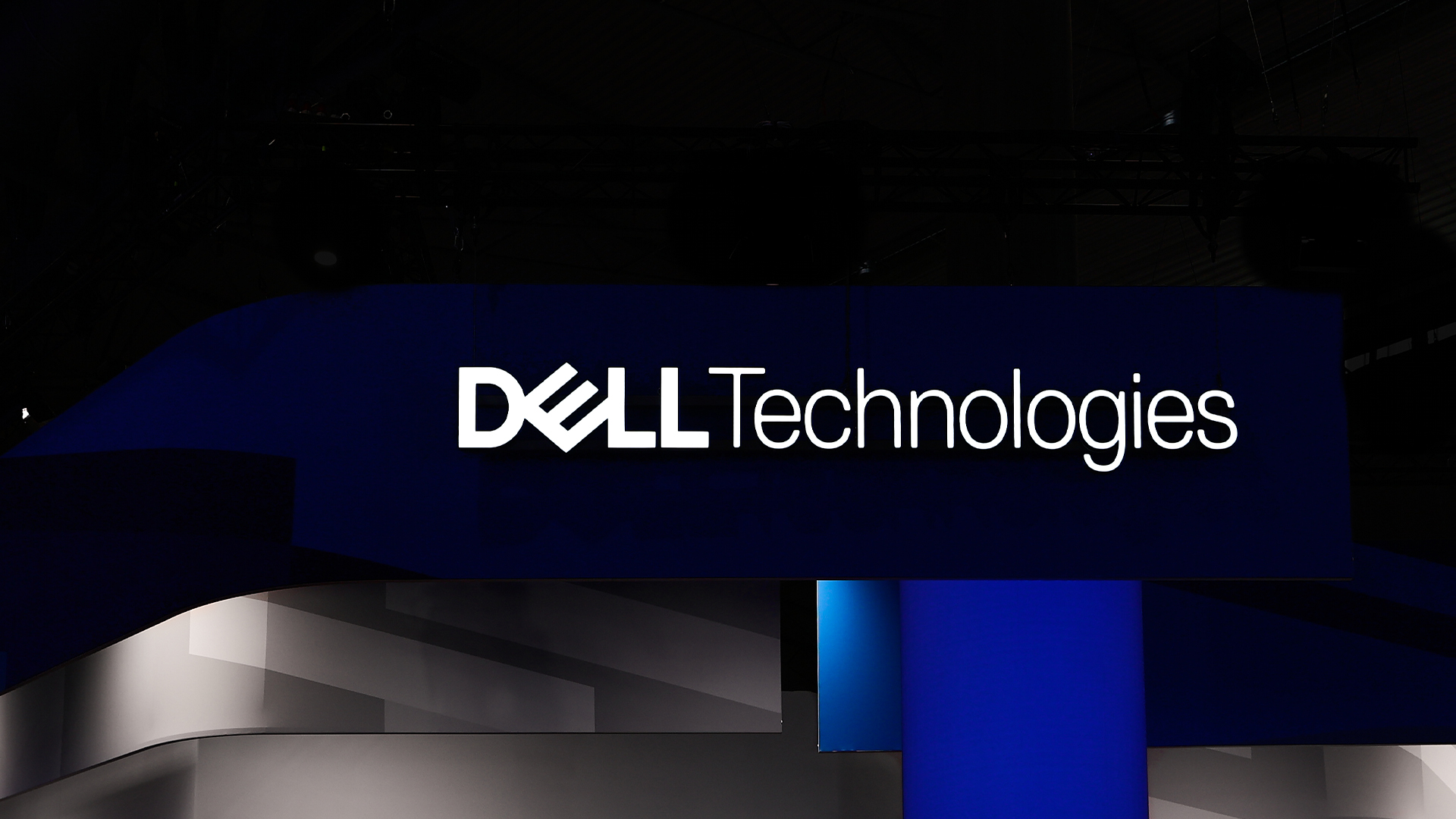 Scale of Dell job cuts laid bare as firm sheds 10% of staff in a year
Scale of Dell job cuts laid bare as firm sheds 10% of staff in a yearNews Dell Technologies’ workforce has reduced significantly in recent years, figures show, with headcount at the tech giant dropping by 10% in 2025 alone.
By Nicole Kobie
-
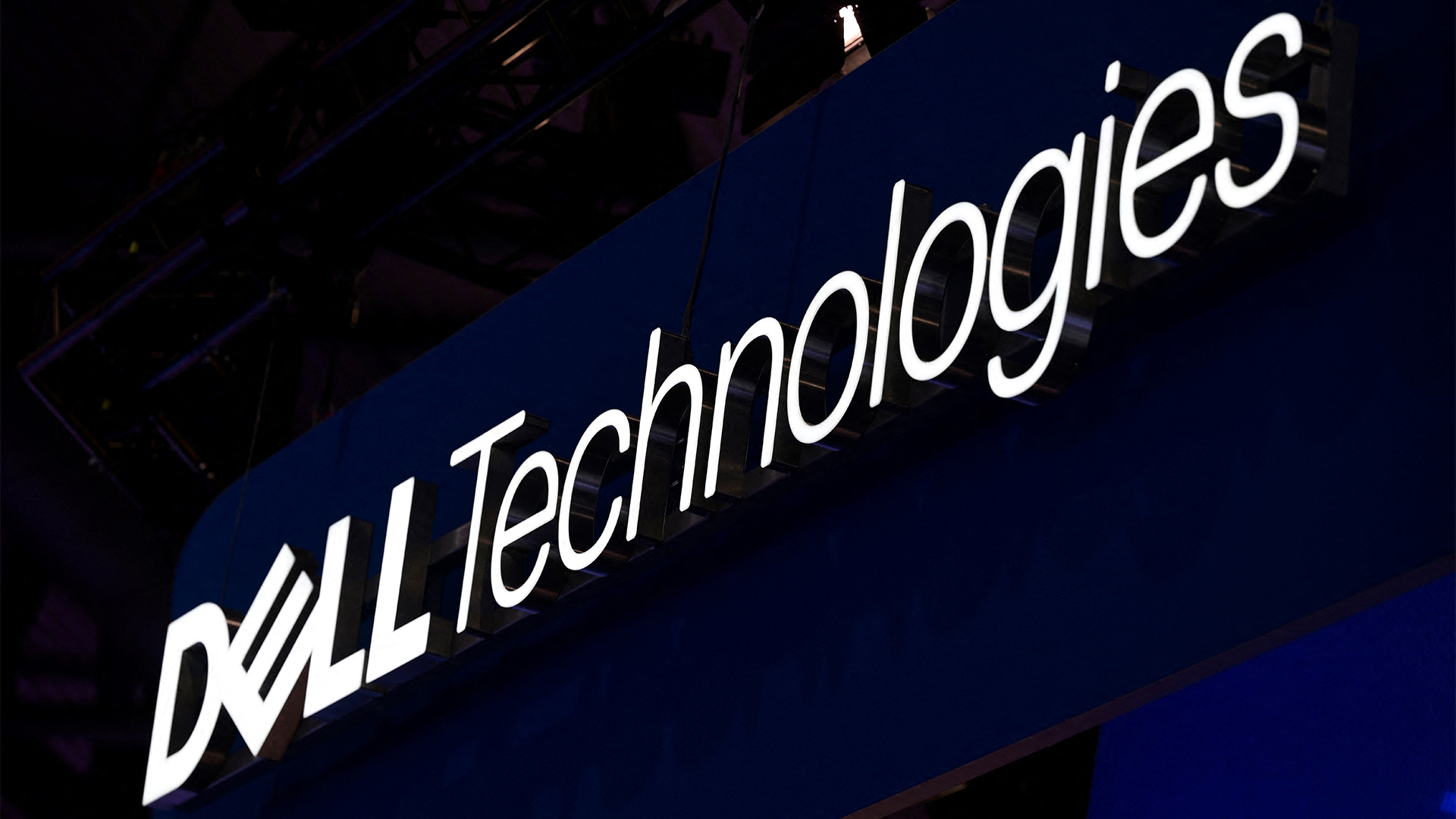 Dell Technologies just revamped its Partner Program for 2025 – here's what to expect
Dell Technologies just revamped its Partner Program for 2025 – here's what to expectNews Dell Technologies has unveiled its revamped Partner Program for 2025, offering a range of new incentives for partners.
By Emma Woollacott
-
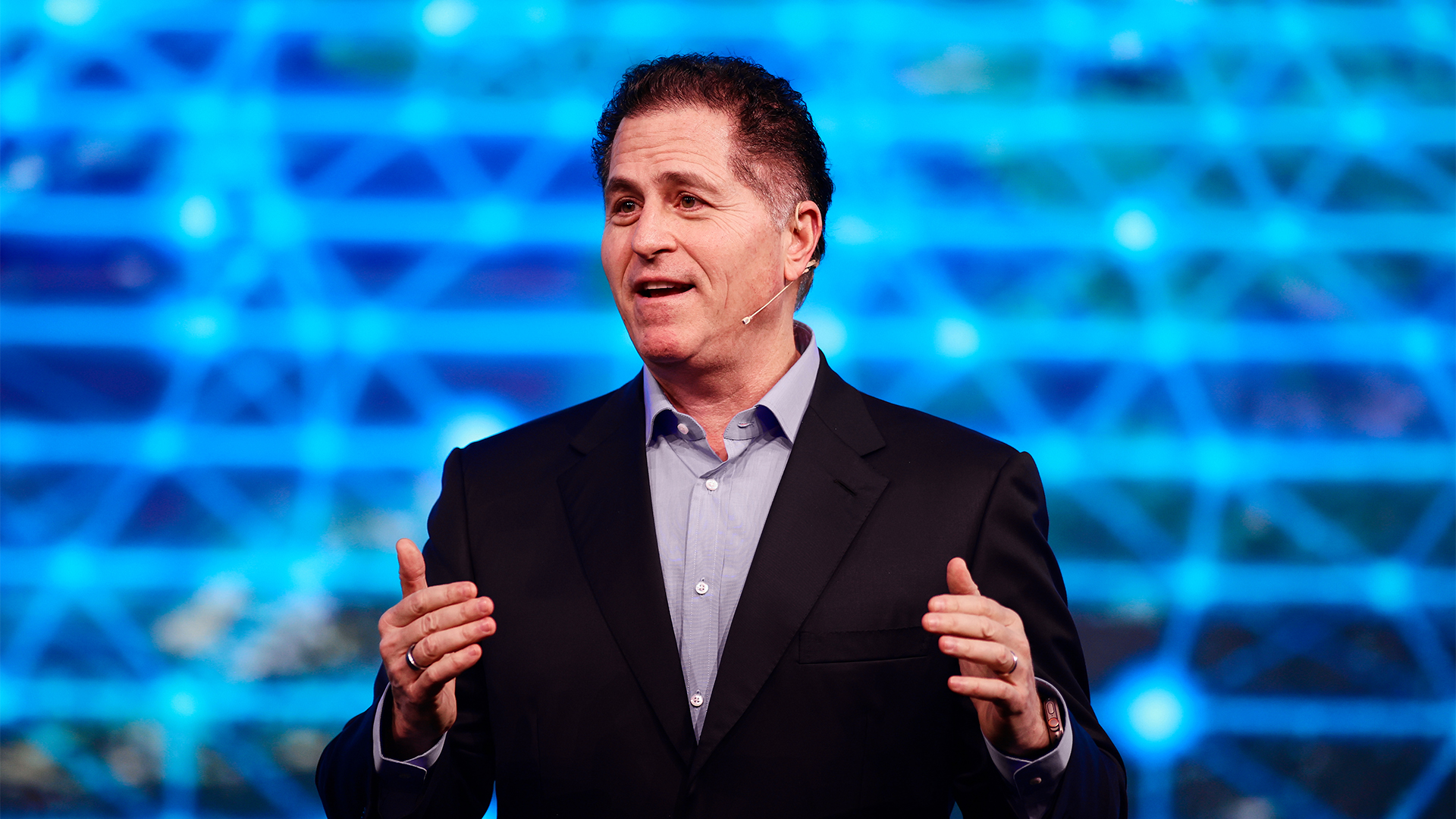 'Nothing is faster than the speed of human interaction': Dell orders staff back into the office as the company shakes up hybrid working practices
'Nothing is faster than the speed of human interaction': Dell orders staff back into the office as the company shakes up hybrid working practicesNews Dell Technologies has ordered staff to return to the office five days a week, according to reports, with some exceptions allowed for staff located too far from physical office sites.
By Emma Woollacott
-
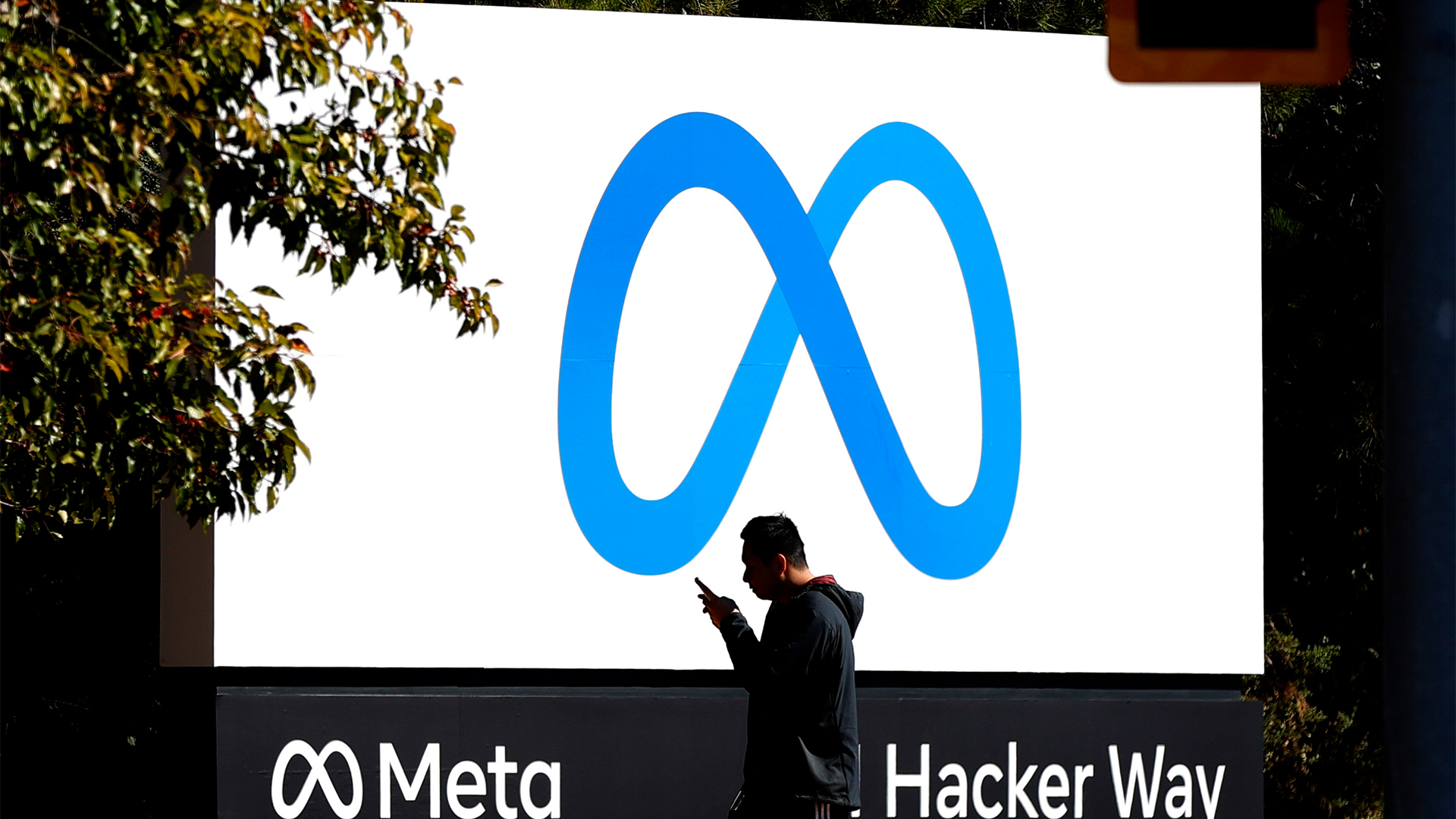 Meta layoffs hit staff at WhatsApp, Instagram, and Reality Labs divisions
Meta layoffs hit staff at WhatsApp, Instagram, and Reality Labs divisionsNews The 'year of efficiency' for Mark Zuckerberg continues as Meta layoffs affect staff in key business units
By Ross Kelly
-
 Business execs just said the quiet part out loud on RTO mandates — A quarter admit forcing staff back into the office was meant to make them quit
Business execs just said the quiet part out loud on RTO mandates — A quarter admit forcing staff back into the office was meant to make them quitNews Companies know staff don't want to go back to the office, and that may be part of their plan with RTO mandates
By Nicole Kobie
-
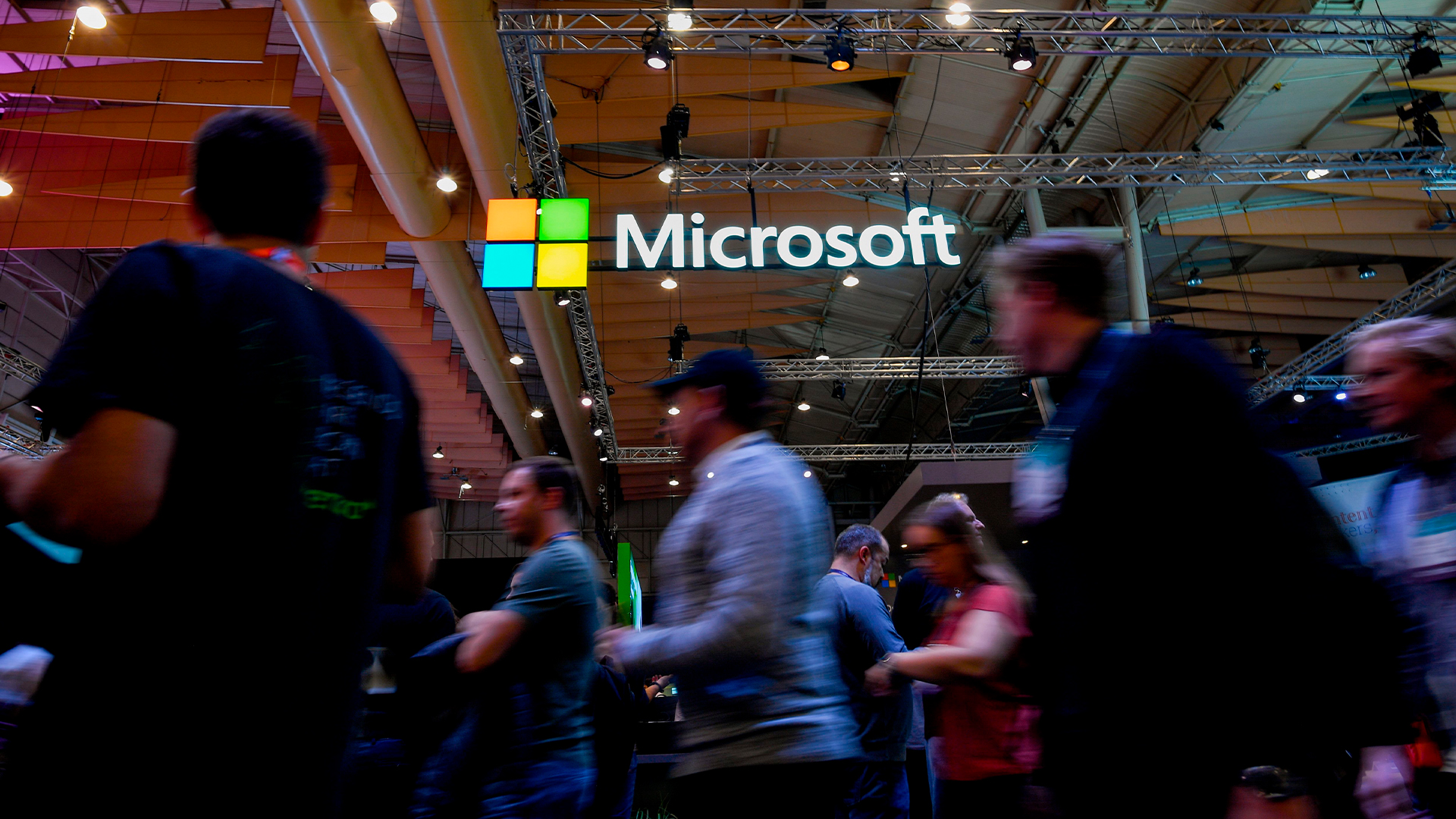 Microsoft tells staff it won’t follow Amazon or Dell on enforcing a return to the office – but there’s a catch
Microsoft tells staff it won’t follow Amazon or Dell on enforcing a return to the office – but there’s a catchNews While other big tech companies are forcing reluctant workforces back into the office, Microsoft isn’t following suit
By George Fitzmaurice
-
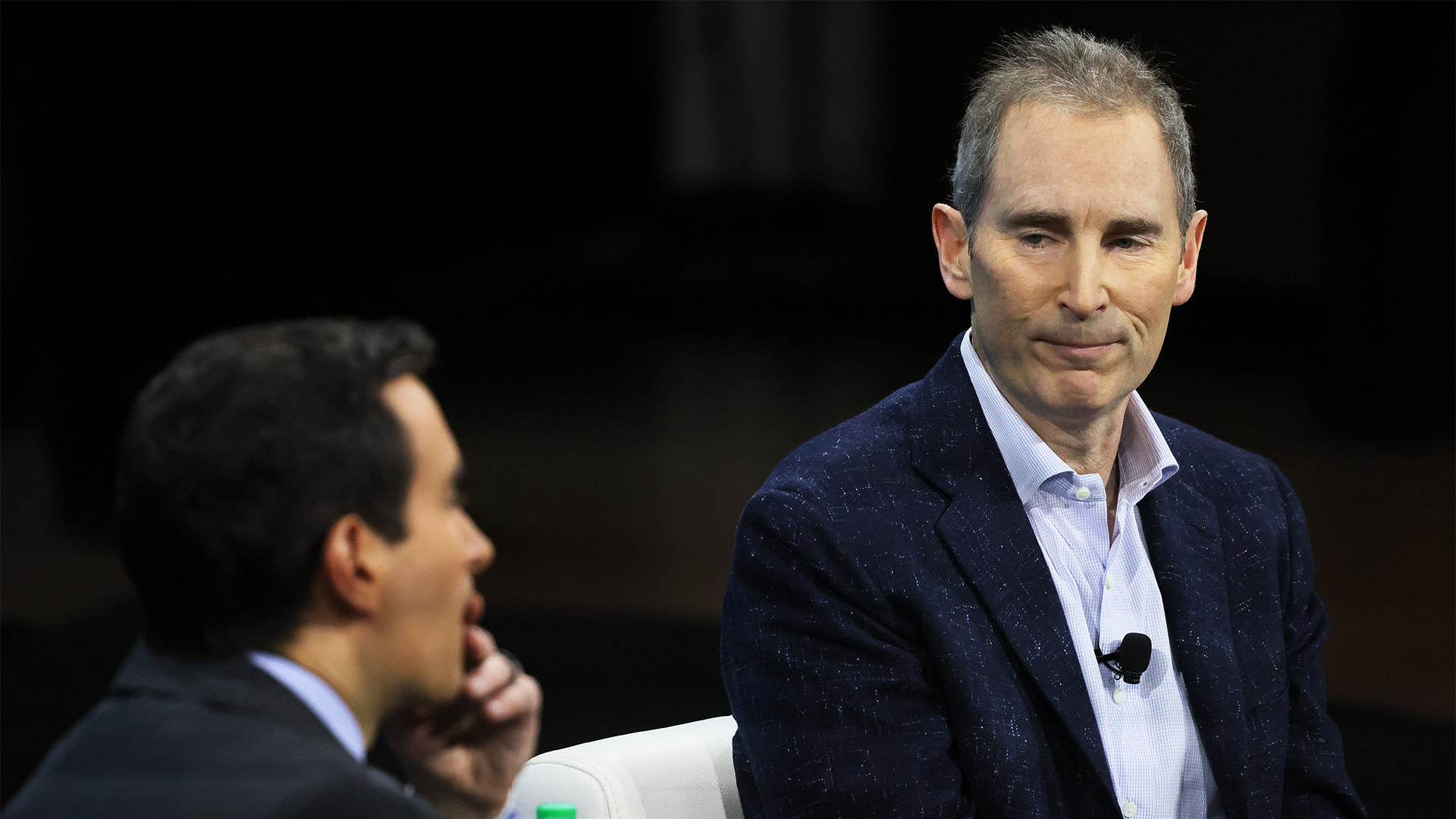 Amazon workers aren’t happy with the company’s controversial RTO scheme – and they’re making their voices heard
Amazon workers aren’t happy with the company’s controversial RTO scheme – and they’re making their voices heardNews An internal staff survey at Amazon shows many workers are unhappy about the prospect of a full return to the office
By Ross Kelly
-
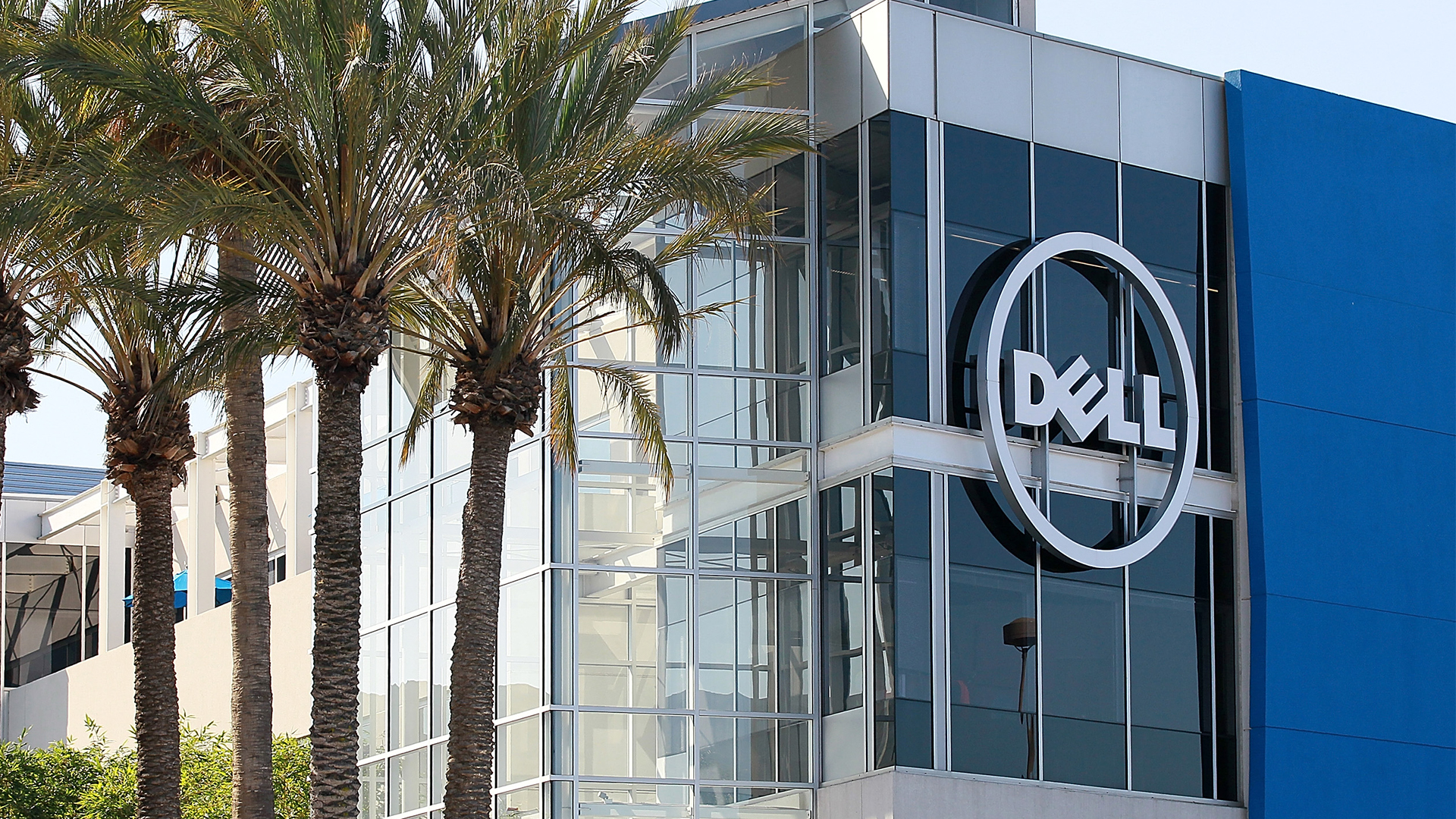 Predicts 2024: Sustainability reshapes IT sourcing and procurement
Predicts 2024: Sustainability reshapes IT sourcing and procurementwhitepaper Take the following actions to realize environmental sustainability
By ITPro

